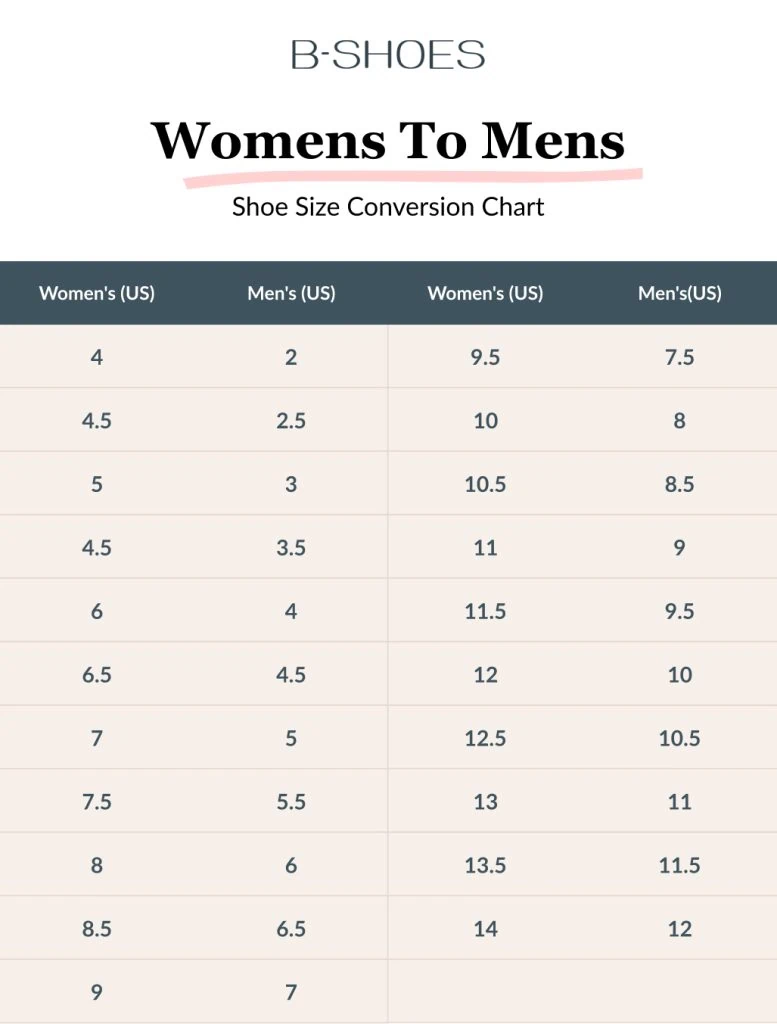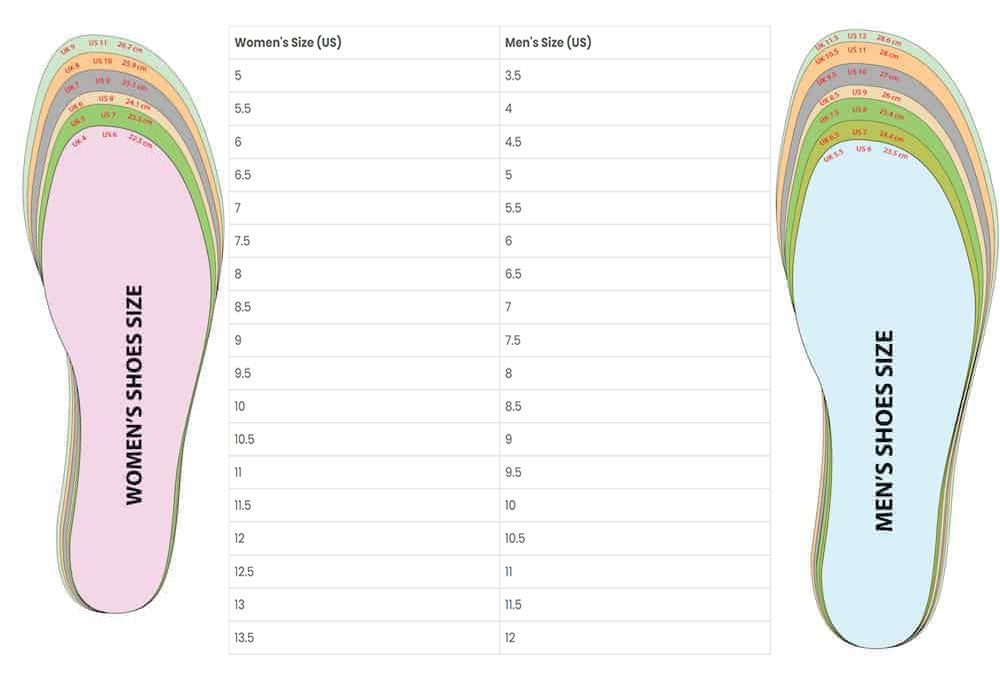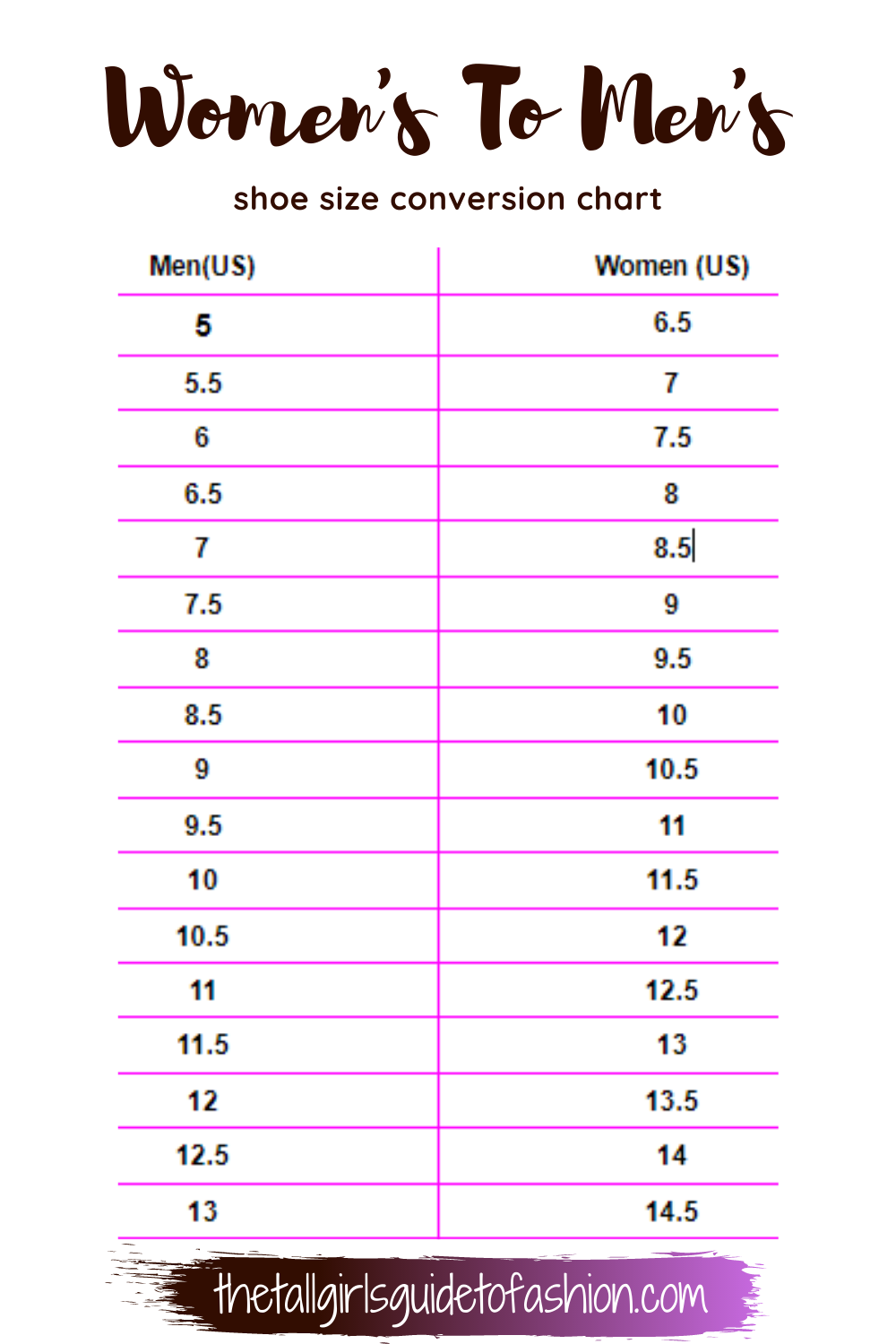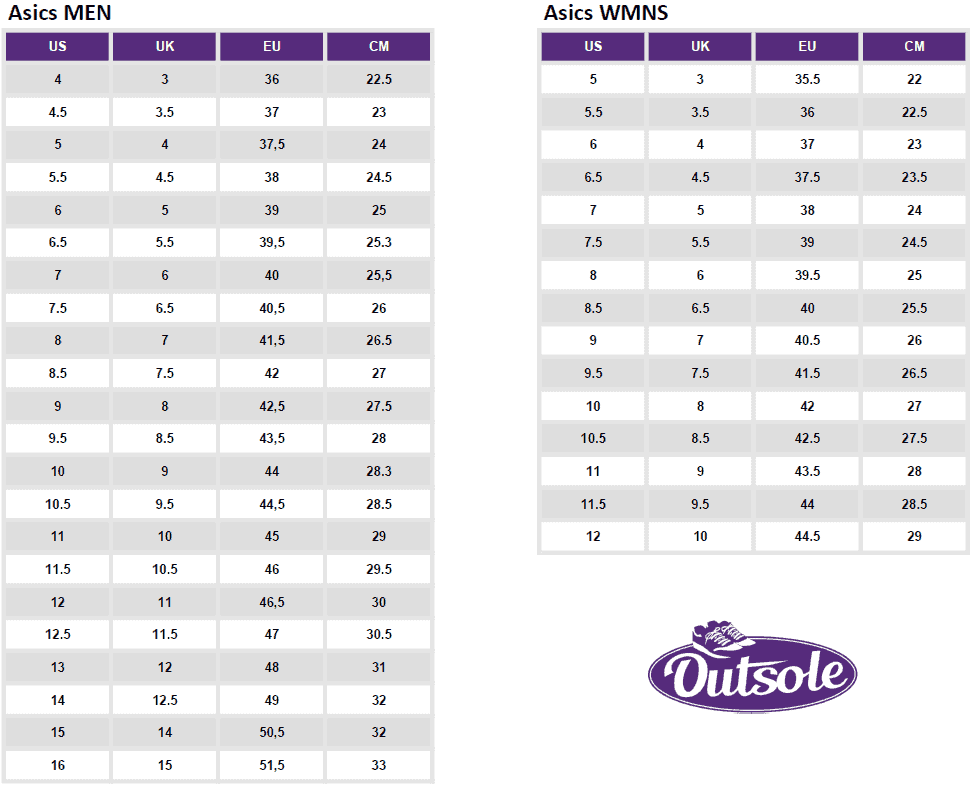The world of footwear has always been subject to various sizing conventions, and understanding the size difference between men’s and women’s shoes is crucial for selecting the right pair. This guide delves into the intricacies of shoe sizing, addressing everything from conversion charts to cultural factors, ensuring you find the perfect fit.
The Basics of Shoe Sizes
Shoe size is not just a number; it’s a key to comfort, performance, and style. The U.S. has its own unique sizing systems for both men and women, and knowing how to navigate this can save you from discomfort and poor purchase decisions.
Understanding Size Differences
Men’s Shoe Sizes vs. Women’s Shoe Sizes
Generally, a man’s shoe size is 1.5 to 2 sizes larger than a woman’s shoe size. For example, a men’s size 8 is roughly equivalent to a women’s size 9.5 to 10. This discrepancy arises from the different lasts used in manufacturing men’s and women’s shoes.
Comparison Table: Men’s vs. Women’s Shoe Sizes
| Men’s Size | Women’s Size |
|---|---|
| 6 | 7.5 |
| 7 | 8.5 |
| 8 | 9.5 |
| 9 | 10.5 |
| 10 | 11.5 |
Exploring Shoe Widths
Size is only part of the equation; width also plays a critical role in shoe comfort. Men’s shoes typically come in widths like D (standard), E (wide), and EE (extra wide), while women’s widths are often B (standard) and D (wide).
Width Comparison
| Size | Men’s Width | Women’s Width |
|---|---|---|
| 8 | D, E, EE | B, D |
| 9 | D, E, EE | B, D |
This means a size 8.5 men’s shoe could have a different fit compared to an 8.5 women’s shoe, depending on the width specifications.

How to Measure Your Shoe Size
Step-by-Step Guide to Measuring Your Feet
Measuring your feet accurately is imperative for selecting the right shoe size. Here’s a simple guide to help you:
- Get a ruler and a piece of paper.
- Place the paper against a wall.
- Stand on the paper with your heel against the wall.
- Mark the longest point of your foot on the paper.
- Measure the distance from the wall to your mark in inches.
- Use a conversion chart to determine your shoe size.
Conversion Charts
How to Convert Sizes
While the differences in sizing can be challenging, several conversion charts can help ease the process:
| US Men’s Size | US Women’s Size |
|---|---|
| 7 | 8.5 |
| 8 | 9.5 |
| 9 | 10.5 |
| 10 | 11.5 |

Popular Shoe Brands and Their Size Guidelines
Different brands have unique sizing and fit guides that can make finding the right shoe easier.
Brand-Specific Insights
- Nike: Known for a snug fit; consider sizing up for comfort.
- Adidas: Typically fits true to size; many styles have a wider fit.
- New Balance: Offers various widths, ideal for those needing a custom fit.
Pros and Cons of Buying Men’s vs. Women’s Shoes
Men’s Shoes
- Pros: Often more durable and versatile.
- Cons: Typically heavier and less stylized compared to women’s options.
Women’s Shoes
- Pros: Lighter and often more fashion-forward.
- Cons: May not provide enough support for those needing wider fits.

Cultural Aspects of Shoe Sizing
Understanding the cultural context surrounding shoe sizes can provide insights into why discrepancies exist. In countries like the USA, the fashion industry has historically been male-dominated, influencing design and sizing conventions.
Regional Variations in Shoe Sizing
Regions also affect the perception of size. For instance, consumers in urban areas may prefer different styles and sizes than those in rural settings, where practical footwear takes precedence.
Recommendations for Shopping
Tips for Buying Shoes Online
Here are some useful tips when buying shoes online:
- Always check the return policy before purchasing.
- Look for user reviews to gauge fit and comfort.
- Utilize virtual fitting technologies when available.

Technological Advances in Footwear Sizing
Fitting Technologies
With advancements in technology, brands are providing innovative ways to find the perfect fit:
- 3D Scanning: Many stores now offer 3D foot scanning to ensure accurate sizing.
- Virtual Try-Ons: Apps that allow users to see how shoes look on their feet digitally.
- Custom Sizing: Performance brands like New Balance provide custom-fit shoes based on detailed measurements.
FAQs about Shoe Size Differences
What is the average size difference between men’s and women’s shoes?
On average, there is about a 1.5 to 2 size difference where men’s sizes are larger.

How do I know my shoe size accurately?
Measure your feet using the steps provided earlier, and refer to conversion charts for accuracy.
Are there universal sizing standards?
No, size can vary significantly between brands and countries, so always check individual brand sizing guides.
